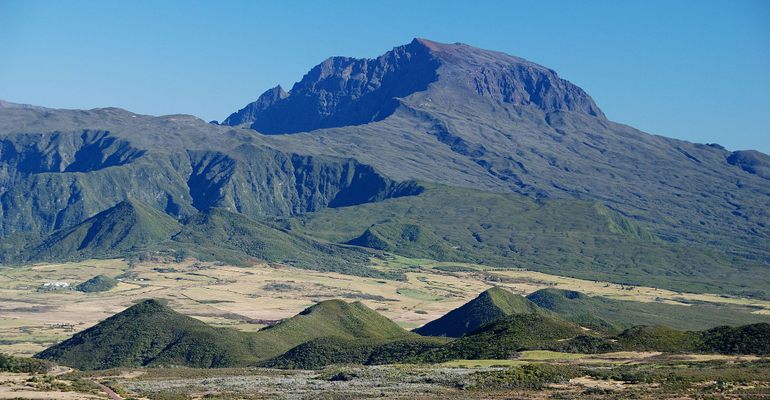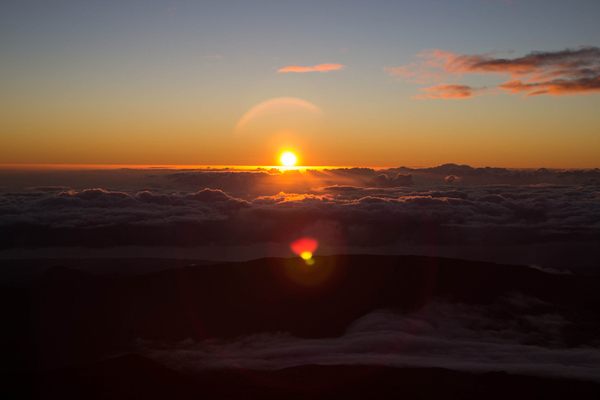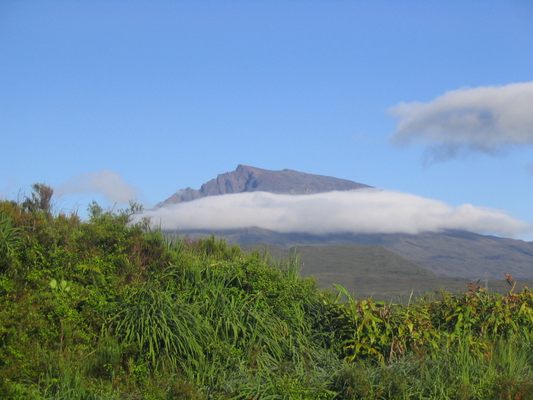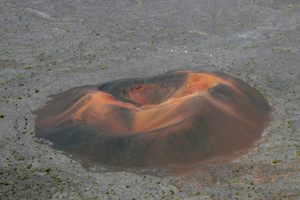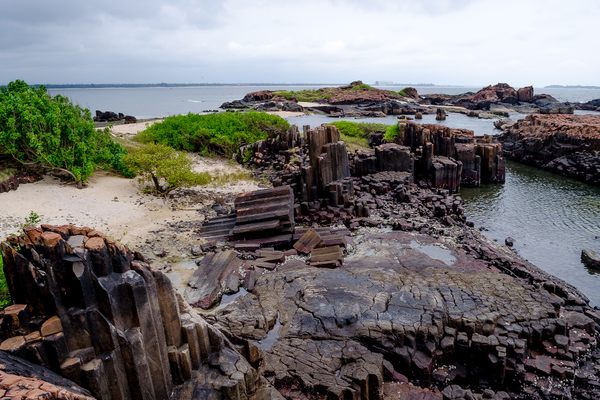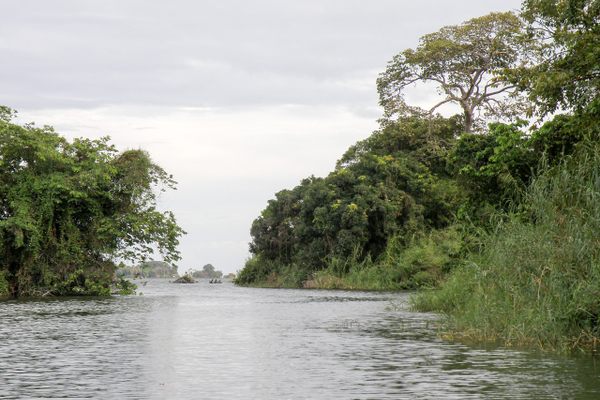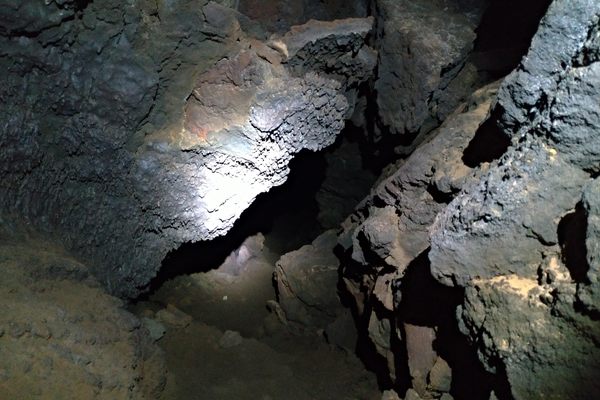About
As you make your way through the unique landscape of Piton des Neiges, there is something about the harsh and dramatic terrain that feels acutely prehistoric.
This ancient volcano, located in the north-central region of France's Réunion Island, formed around two million years ago—a million years after the formation of the island itself—and has now been dormant for more than 20,000 years.
At 3,069 meters (10,069 feet), the Piton des Neiges is not only Réunion's most prominent geological feature, but also considered the highest peak in the Indian Ocean. Piton des Neiges translates to "Snow Peak," though you won't be seeing any snow atop this dark, hulking, and slowly eroding volcano except for a rare dusting.
Réunion, which is an overseas region and department of France (and thus a far-flung piece of the Eurozone), is part of the Mascarene Archipelago in the Indian Ocean. The island has only been home to humans since the 17th century, and due to its remote location, has a unique biological makeup; on the lower slopes of the Piton des Neiges, you'll find a biological reserve.
The entire volcano belongs to the island's national park, and more adventurous visitors even use the Piton's peak as a launch point for paragliding flights. The elderly volcano enjoys the close companionship of the Piton de la Fournaise ("Peak of the Furnace"), which unlike Piton des Neiges, is highly active and has erupted more than 150 times in the last few centuries.
The volcano is surrounded by the Cirques (Cirque de Mafat, Cirque de Salazie, and Cirque de Cilaos), three enormous crater valleys that offer starting points for hikes up to the island's highest point. Hikers will often start their long trek to the island's ultimate vantage point while it is still dark out in order to catch the sunrise over Réunion as fluffy clouds meander through the jagged valleys and ridge lines below. Cumulous clouds form often and quickly up in the region's higher elevations, generally shrouding the upper peaks by late morning.
Related Tags
Know Before You Go
May through November is the best hiking weather. The hike to the top of the volcano is moderate but not technical, and there are many other trails in the area. For a two-day hike, you can make reservations at the Refuge de la Caverne Dufour, a staffed mountain hut about 600m (in altitude) below the summit, and then tackle the peak in the early morning. If you start from Cilaos, you can reach the top of the Piton with a shorter, round-trip day hike. You'll mostly likely need a car to access the trailheads, which are luckily well marked.
Published
July 6, 2016
Sources
- https://en.wikipedia.org/wiki/R%C3%A9union
- https://en.wikipedia.org/wiki/Piton_des_Neiges
- https://www.tripadvisor.com/Attraction_Review-g293826-d479969-Reviews-Piton_des_Neiges-Reunion_Island.html
- http://en.reunion.fr/practical/reunion-island/suburbs/piton-des-neiges
- http://www.summitpost.org/piton-des-neiges/154974
- http://www.wandertheke.de/Reunion/ne_frame.html
- https://en.wikipedia.org/wiki/Piton_de_la_Fournaise


